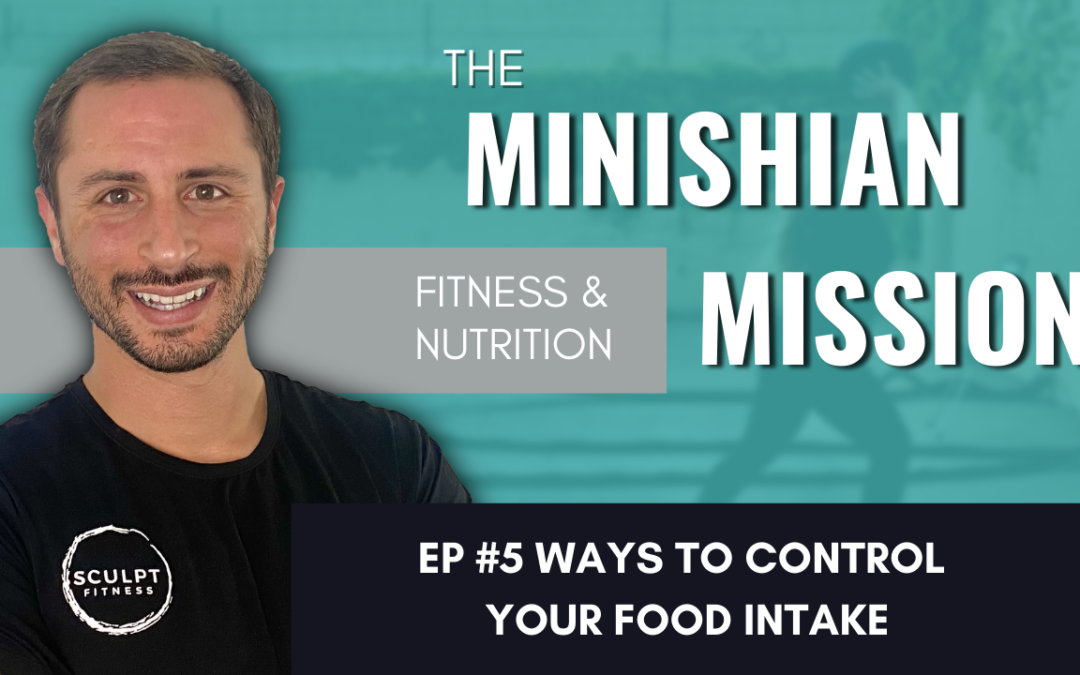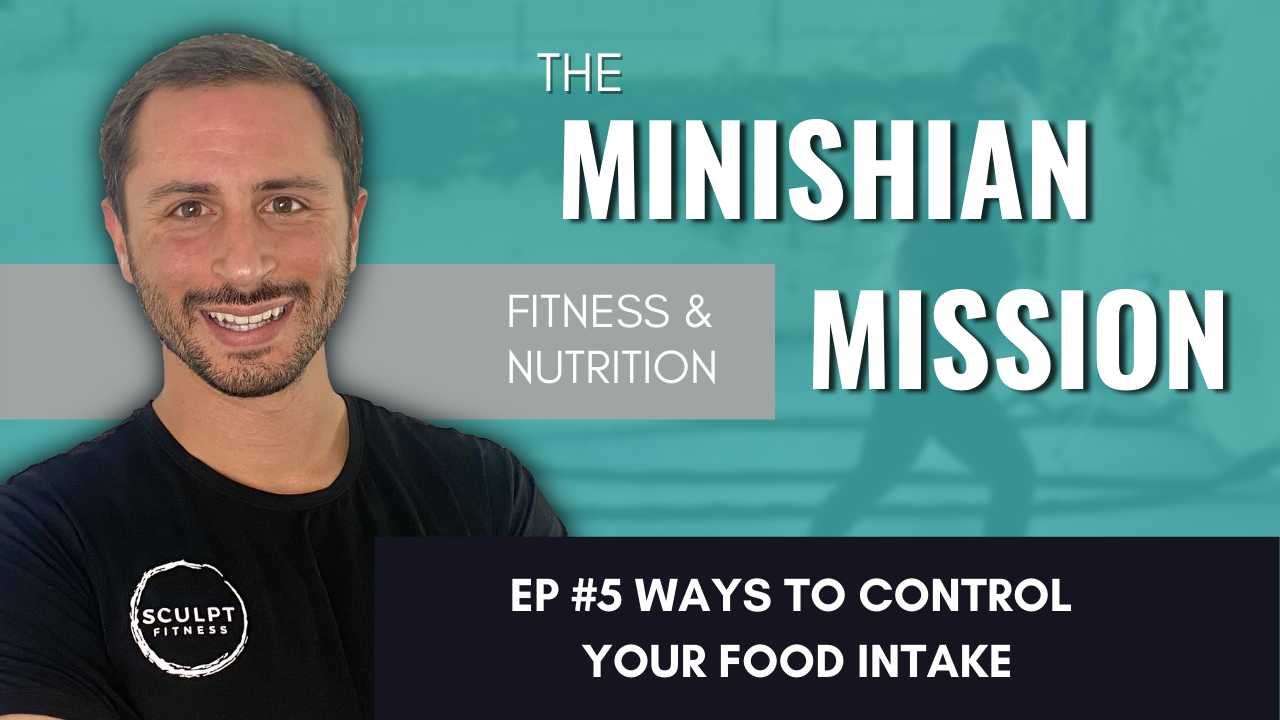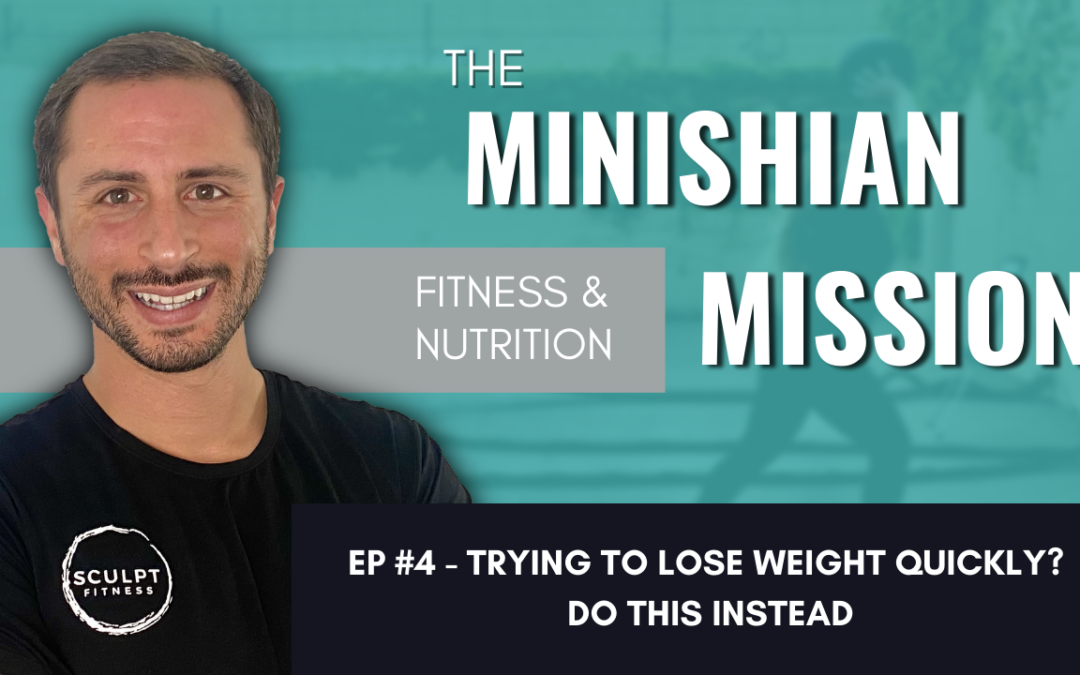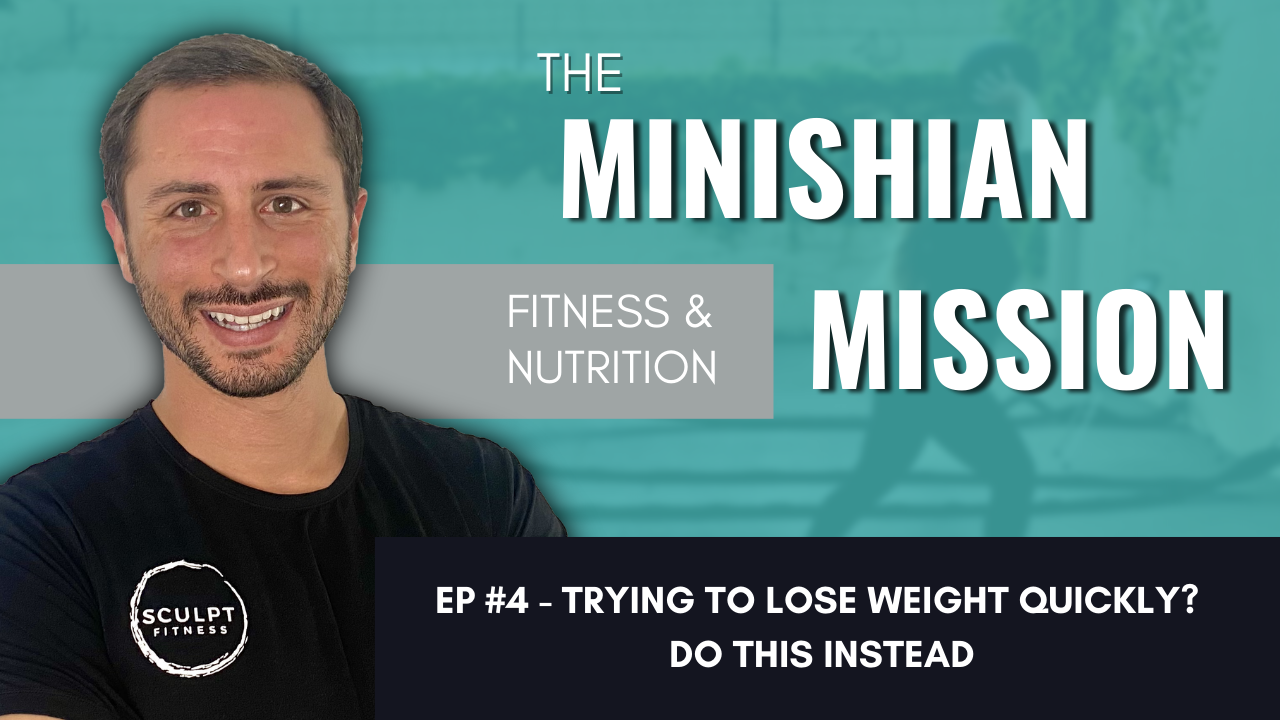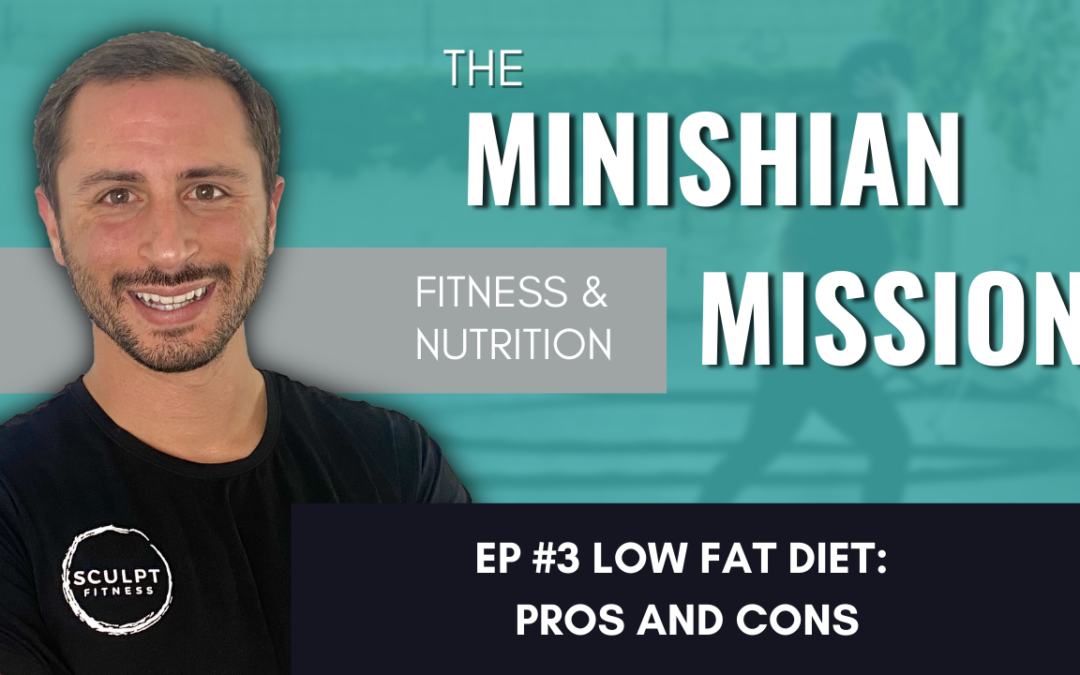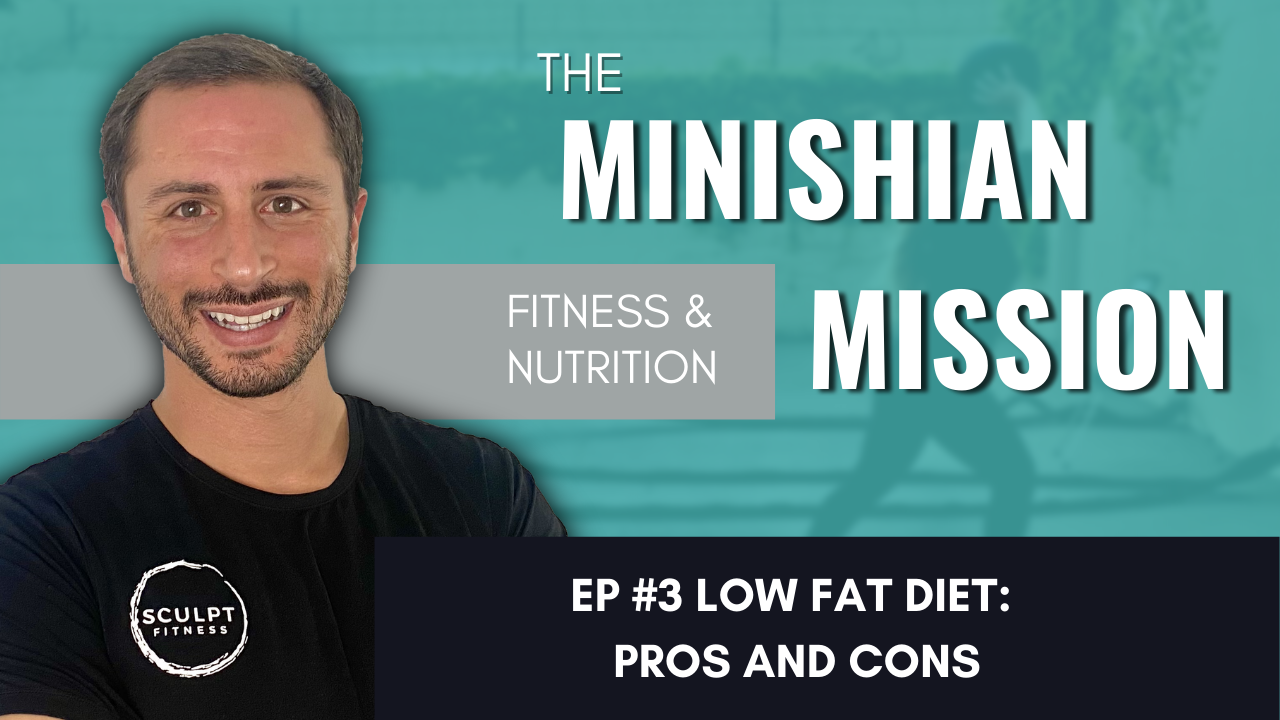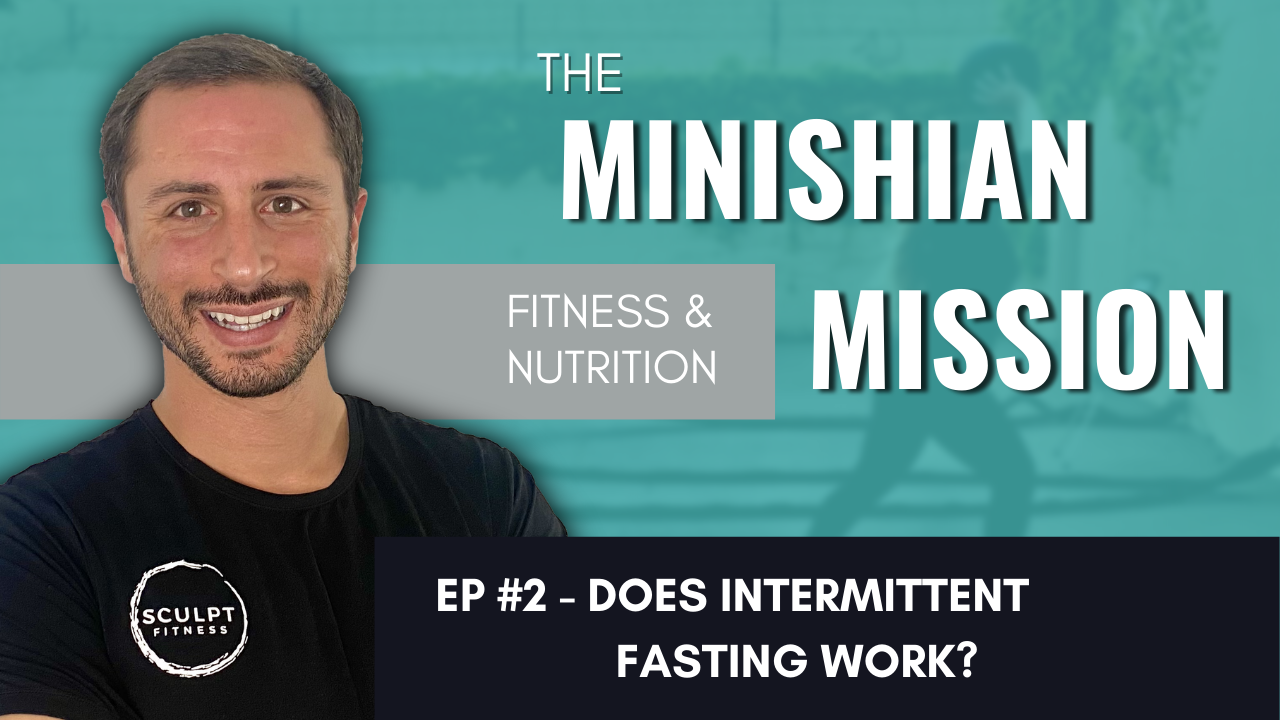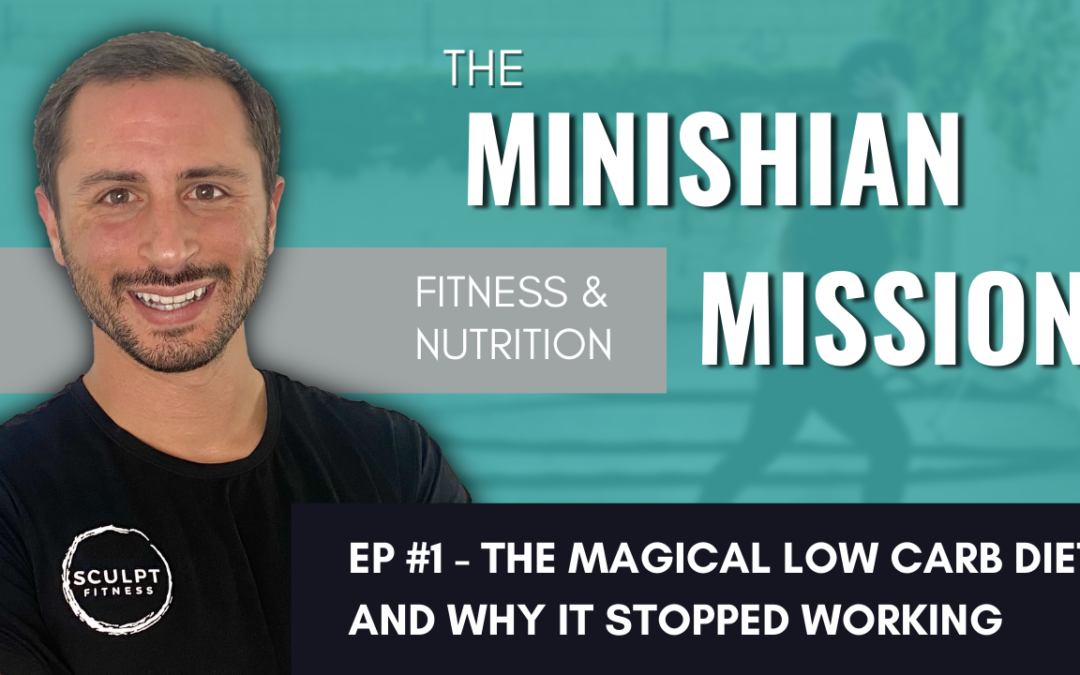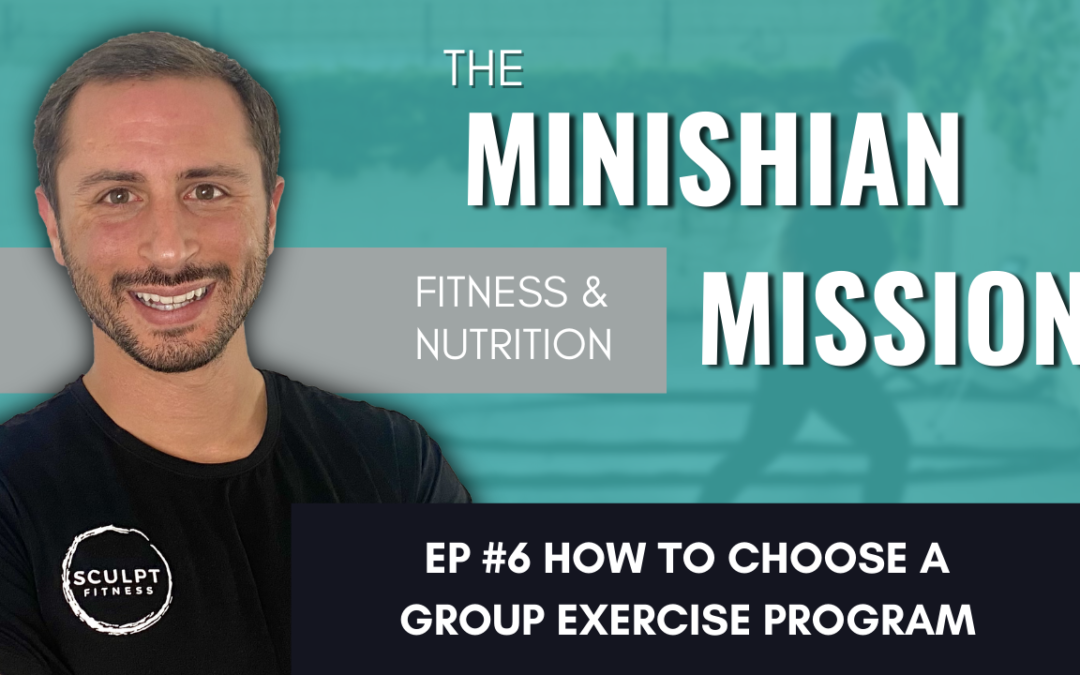
How To Choose A Group Exercise Program
Your goals and needs determine what group exercise program is right for you.
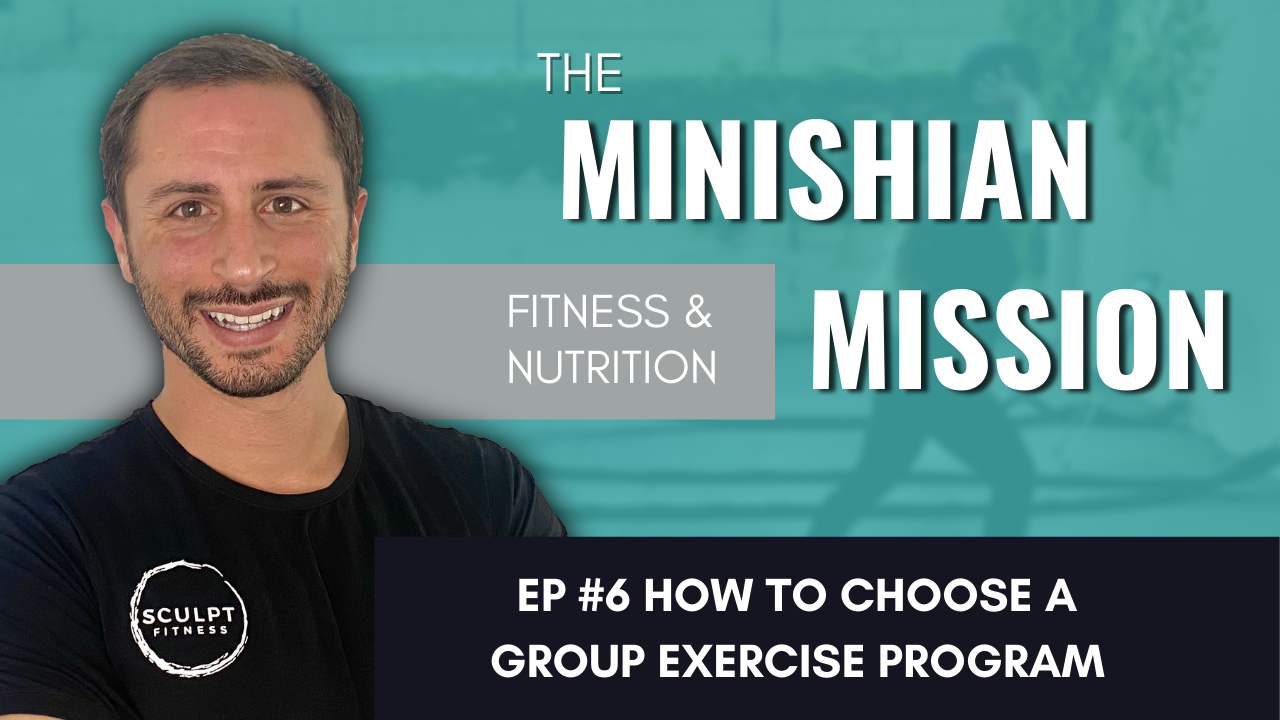
Episode #6: How To Choose A Group Exercise Program
Choosing the right group exercise program can be confusing. Small vs. Large Group Classes, Resistance vs. Cardio Classes, Sports Specific Classes and so many more. Using the Sculpt Fitness Small Group Class Program as an example, I will break down the important parts of the program and explain who’s goals and needs they address.
“Not every small group or large group class is going to be the right fit.” — David Minishian
What are your goals?
Are you trying to lose weight? Gain muscle? Be more active? Get better at a sport? Great group fitness classes help you accomplish one or two goals really well. However, not every class is going to provide the same results. For example, Zumba or dance classes are an excellent choice for cardiovascular health and lower body muscular endurance, but a resistance based training class is better for achieving a body composition change by reducing fat and building muscle. First determine your goals, then choose the right class to achieve that outcome.
What are your needs?
Where is your skill level? Novice, beginner, competent, proficient or expert? Do you need more form correction and personal attention? Are there pre-existing injuries or limitations that require exercise or movement modifications? You have an intuitive sense of what you need, but it’s your coach’s job to ask the right questions to ensure they get you started with the correct program.
Depending on your needs, the class structure can either accelerate or impede your progress. Class structure includes the exercise program, equipment set up, format, and group size. If the exercise program is for those who have a consistent workout regimen, it would be wrong to put a novice or beginner that struggles with regular exercise on that program. If the class size is too large, it won’t allow the coach to make modifications for exercises when necessary. Finally, to reach your goals you may have additional needs outside the exercise class such as at home exercise guidance or nutrition coaching. Having a full support program can help you overcome potential barriers when they pop up.
Ready to build the body you want with a sustainable lifestyle?
Watch

David Minishian, MPH
Fitness and Nutrition Coach
David is the owner and head coach at Sculpt Fitness in Long Beach, CA. He leads the mission at Sculpt to educate, equip, and empower the local community to make the best decisions for their health. For over 10 years he has coached exercise and nutrition, helping clients create sustainable lifestyle to build the body they want. When he's not training, coaching or cooking, David is on an adventure with his wife and kids or teeing up his next shot on a golf course.
